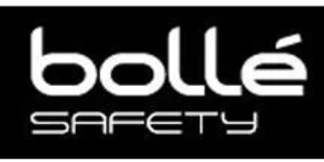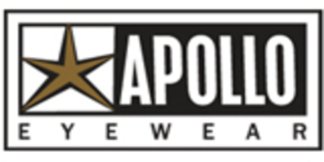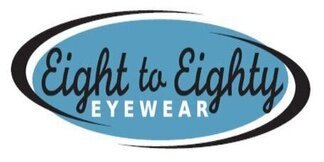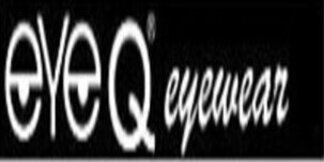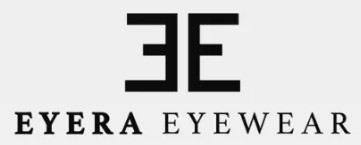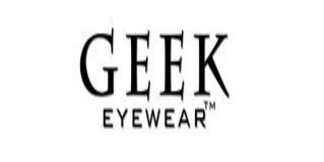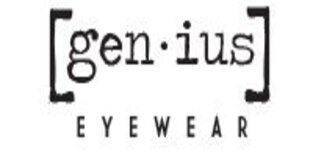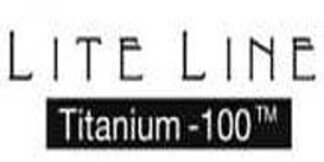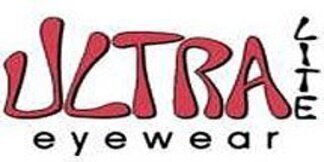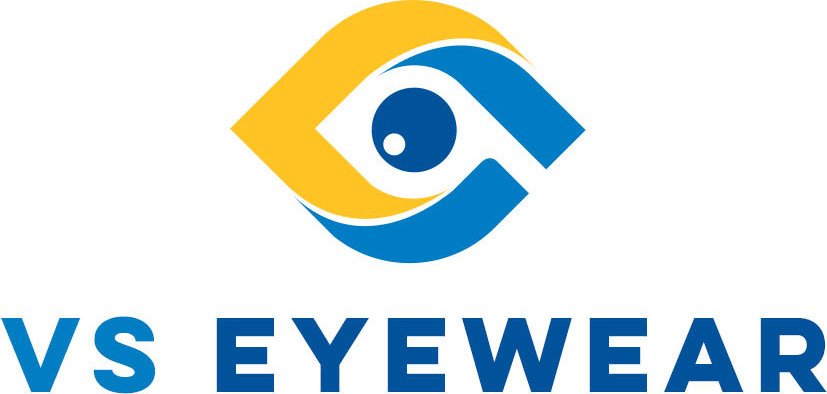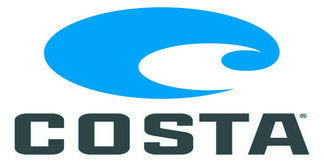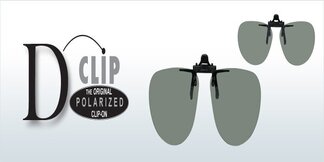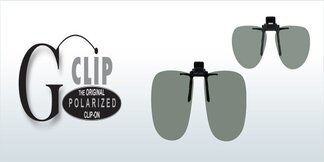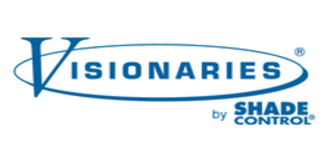
LASER FILTER SPECIFICATIONS SHEETS
Laser Filter Specification Sheets
- AKG-5 HOLMIUM/YAG/CO2
- AKG-5 PLUS HOLMIUM/YAG/CO2
- ALEXANDRITE DIODE
- ALEXANDRITE DIODE YAG
- ALEXANDRITE DIODE YAG ADVANCED
- ALEXANDRITE/DIODE HIGH LIGHT TRANSMISSION
- ARGON ALIGNMENT
- ARGON ALIGNMENT 3
- ARGON ALIGNMENT 8
- ARGON KTP
- ARGON, RUBY, DIODE, ALEXANDRITE, YAG AND CO2
- BG55F FLAT GLASS GOGGLES
- BROADBAND ALIGNMENT FILTER
- CO2 ERBIUM
- CO2 EXCIMER
- D1500 TELECOM & FIBER OPTICS
- D680 UV EXCIMER DIODE INGAAS
- D81 DIODE 810NM
- DH83
- DIODE
- DIODE ALEXANDRITE
- DIODE YAG HARMONICS
- DYE SFP
- DYE, DIODE AND HENE, RUBY LASER FILTER
- HELIUM NEON ALIGNMENT
- HIGH POWER UV, DIODE, ALEXANDRITE/YAG
- MULTIWAVE YAG HARMONICS ALEXANDRITE DIODE
- MULTIWAVE YAG, ALEXANDRITE DIODE
- OG590F FLAT GLASS GOGGLES
- PHILLIPS 202
- RG610F FLAT GLASS GOGGLES
- RG695F FLAT GLASS GOGGLES
- RUBY
- S8022F FLAT GLASS GOGGLES
- UV, EXCIMER, AKP, CO2
- VBEAM, VBEAM2, DYE FILTER
- YAG
- YAG ARGON ALIGNMENT
- YAG ARGON ALIGNMENT
- YAG DOUBLE HARMONICS
- YAG, ALEXANDRITE DIODE, HOLMIUM

Laser safety glasses use a process called attenuation, which limits the amount of energy passing through the lens. We offer two types of laser safety glasses: glass and plastic. Glass lenses contain rare elements that absorb the energy, thus preventing the energy from reaching your eyes. On the other hand, plastic lenses have inorganic dyes that block the passing of the certain wavelengths. Plastic lenses block specific wavelengths, which is why it’s important to know which wavelengths you want to protect yourself from. Since plastic lenses contain dyes, they tend to be darker than glass lenses for the same wavelength ranges. It is important to consider the differences between glass and plastic lenses before choosing laser glasses in your wavelength range.
The first thing to consider is the wavelength of the laser, its power level, whether you need to see the beam or not, and finally the visible light transmission of the filter. If the visible light transmission is too dark, you may have difficulty operating in your workspace. If you’re unsure on any of these points, please contact one of our Customer Service Representatives for assistance.
NEVER look directly into any laser beam, no matter if you are wearing filters or not. Make sure there are proper safety interlocks and detailed operating procedures regarding the use of the laser. If glasses are required, use them, even when you are not operating the laser directly.
Optical Density is a measure used to gauge the protective level of a laser filter. Considering laser wavelength, power level and operating mode, calculations are made to determine the “worst case” optical density required for a particular laser application.
Every increase of 1 equates to a value of 10. For example, an OD of 0 is 100% transmission. OD 1 is 10%, 2 is 1%, 3 is .1%, 4 is .01% and 5 is .001% Most medical devices require and OD of 5. That means you will be blocking 99.999% of the laser energy.
Extremely. Lasers can have anywhere between 100 and 10,000 times more energy than a 100 Watt lightbulb. In a lightbulb, light energy is dispersed in all directions. Laser energy moves in one wavelength and one direction, so is therefore much more highly concentrated. Powerful enough lasers can cause damage to your eye faster than you can blink, so be careful at all times.
Follow the Standard Operating Procedure set up by your laser safety officer. If you do not have one, avoid direct viewing of the laser beam. Wear glasses recommended by the manufacturer. Do not defeat safety interlocks that are built into your system. If you have any doubts, it is always best not to proceed until you consult with an expert.


